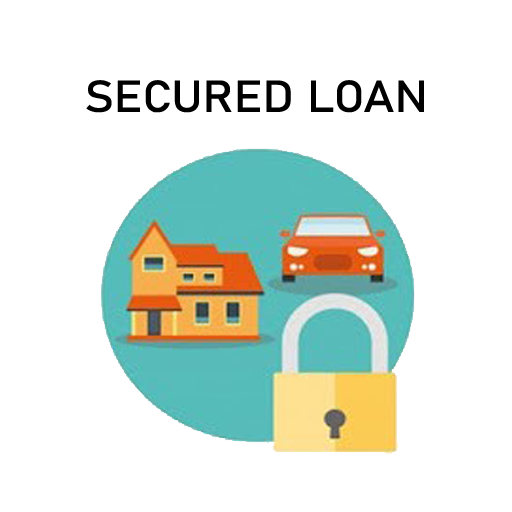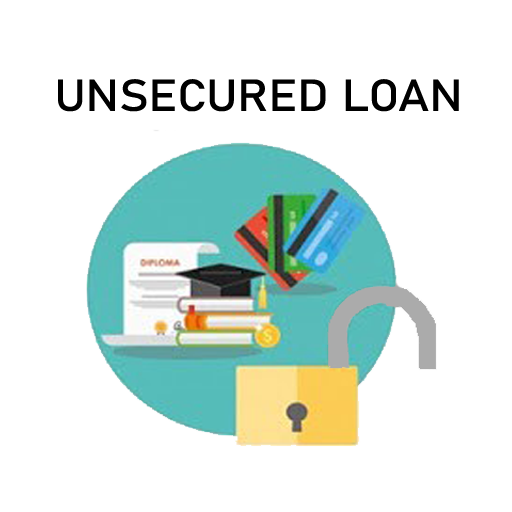- A secured loan is a loan backed by collateral—financial assets you own, like a home or a car—that can be used as payment to the lender if you don't pay back the loan.
- The idea behind a secured loan is a basic one. Lenders accept collateral against a secured loan to incentivize borrowers to repay the loan on time.
- When you apply for a secured loan, the lender will ask which type of collateral you'll put up to "back" the loan. If you have trouble paying the loan, the lender can put a lien on the collateral (a lien is the legal term for the lender's claim to the borrower's collateral.)
- The lender can keep the lien active until the loan is fully paid. At that point, the lien is lifted, and the collateral ownership reverts back to the borrower. In the event the borrower defaults on a secured loan, the lender can retrieve the secured loan collateral and sell it to cover any losses incurred on the loan.
- An unsecured loan is a loan that doesn't require any type of collateral. Instead of relying on a borrower's assets as security, lenders approve unsecured loans based on a borrower’s creditworthiness. Examples of unsecured loans include personal loans, student loans, and credit cards.
- An unsecured loan is supported only by the borrower’s creditworthiness, rather than by any collateral, such as property or other assets.
- Unsecured loans are riskier than secured loans for lenders, so they require higher credit scores for approval.
- Credit cards, student loans, and personal loans are examples of unsecured loans.
- If a borrower defaults on an unsecured loan, the lender may commission a collection agency to collect the debt or take the borrower to court.
- Lenders can decide whether or not to approve an unsecured loan based on a borrower's creditworthiness, but laws protect borrowers from discriminatory lending practices.


